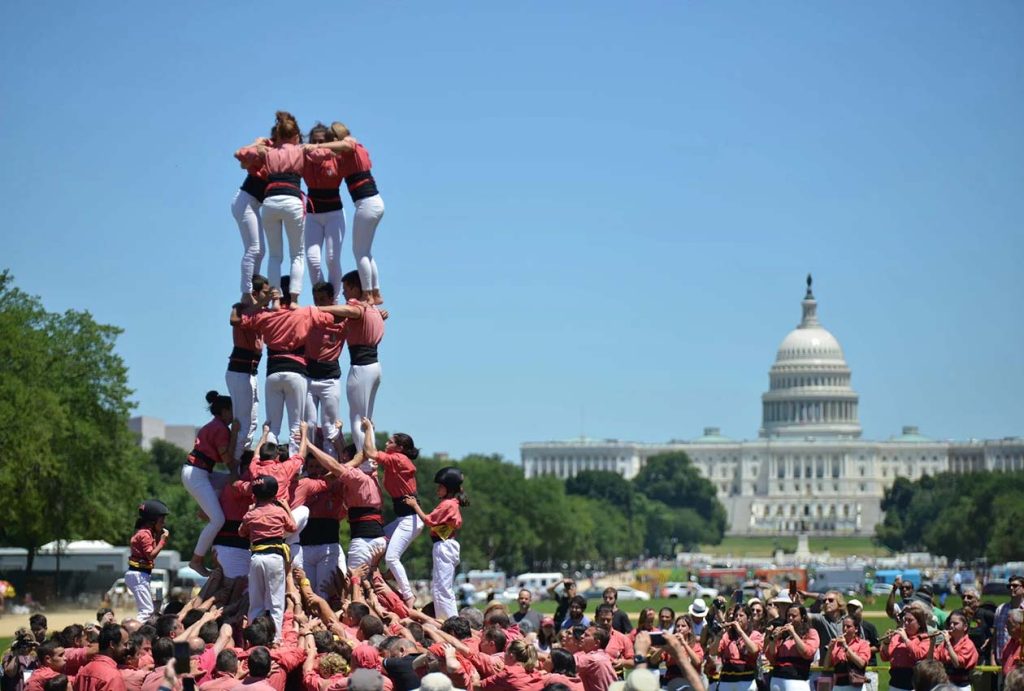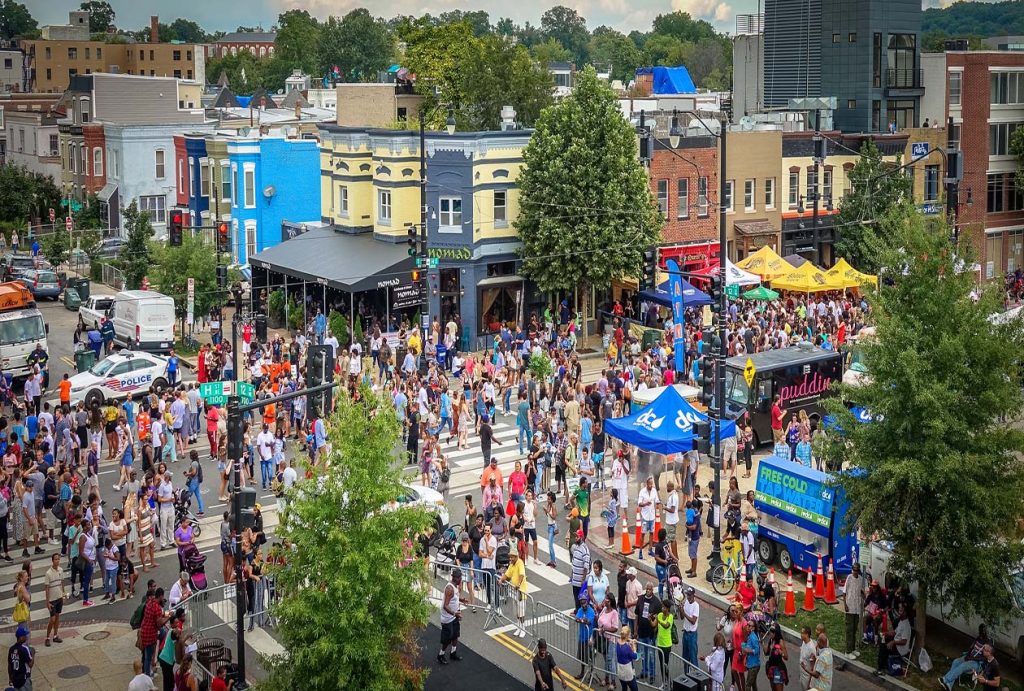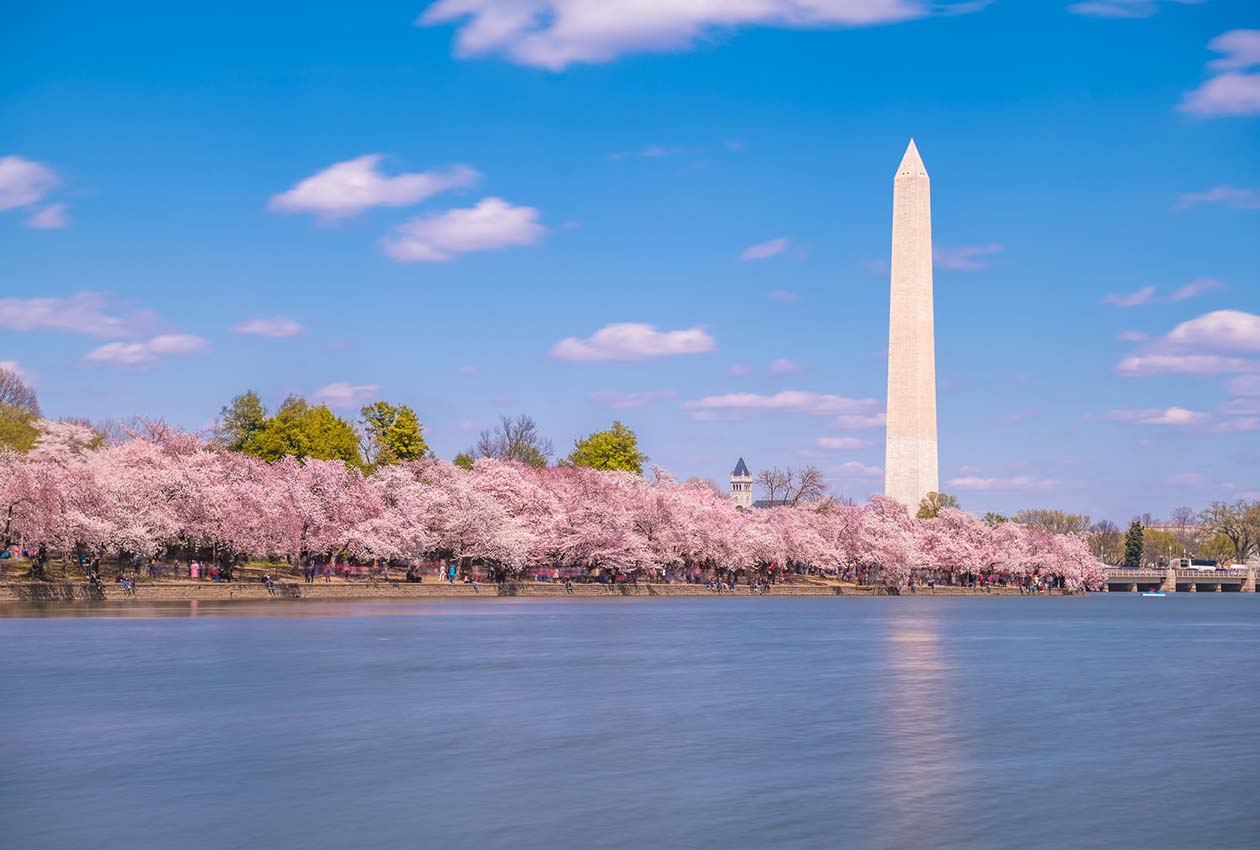Washington, D.C., the capital of the United States, is a city rich in history, culture, and political significance. With its iconic landmarks, world-class museums, and vibrant neighborhoods, D.C. attracts millions of visitors each year. One of the keys to a successful and enjoyable trip to Washington, D.C. is choosing the best time to visit. Each season in D.C. offers unique experiences, weather conditions, and events that can greatly influence your trip. In this guide, we’ll explore the best seasons to visit Washington, D.C., highlighting the advantages and disadvantages of each, along with practical tips to help you make the most of your visit.
Spring (March to May)
Why Visit in Spring?
Spring in Washington, D.C. is a delightful season marked by blooming cherry blossoms, mild temperatures, and a bustling atmosphere filled with cultural events and outdoor activities.
Cherry Blossom Festival
Highlight: The National Cherry Blossom Festival, typically held from late March to early April, is an iconic event celebrating the blooming of cherry trees gifted to the city by Japan. The Tidal Basin becomes a stunning backdrop of pink and white blossoms, drawing visitors from around the globe.
Tips: To fully enjoy the cherry blossoms, visit early in the morning to beat the crowds and capture the best light for photography. Consider taking the Metro to reach the Tidal Basin, as parking in the area can be challenging during peak bloom times.
Ideal Weather
Temperature: Washington, D.C. experiences mild spring weather with average temperatures ranging from the mid-50s to mid-70s Fahrenheit (13-24°C). Days are pleasantly warm, while evenings may still be cool.
Activities: The spring weather is ideal for outdoor activities such as walking tours around the National Mall, exploring the city’s monuments and museums, and enjoying picnics in parks.
Blooming Gardens
Highlights: Throughout the city, gardens burst into bloom during spring. The U.S. National Arboretum and the United States Botanic Garden showcase vibrant displays of flowers and greenery, offering tranquil escapes from the bustling city streets.
Tips: If you suffer from pollen allergies, be sure to pack allergy medication as the abundance of blooming flowers can trigger allergies in sensitive individuals.
Practical Tips for Spring
Clothing: Pack layers for unpredictable spring weather, including light jackets, sweaters, and comfortable walking shoes. Be prepared for both warm days and cooler evenings.
Accommodation: Due to the popularity of the Cherry Blossom Festival, book accommodations well in advance to secure your preferred hotel or rental. Consider staying within walking distance or near a Metro station for convenient access to festival events.
Crowds: Expect larger crowds at popular attractions, especially around the Tidal Basin and National Mall during peak cherry blossom season. Plan your visits early in the day or later in the afternoon to avoid the busiest times.
Spring in Washington, D.C. offers a perfect blend of natural beauty, cultural richness, and pleasant weather, making it an ideal time to explore the nation’s capital. Whether you’re captivated by cherry blossoms, fascinated by historical landmarks, or eager to enjoy outdoor activities, spring promises an unforgettable experience in this vibrant city.
Summer (June to August)

Why Visit in Summer?
Summer in Washington, D.C. brings warm temperatures, long daylight hours, and a vibrant atmosphere filled with festivals, outdoor concerts, and cultural events.
Festivals and Events
Fourth of July: Independence Day in D.C. is a highlight, marked by a grand parade along Constitution Avenue, spectacular fireworks over the National Mall, and patriotic festivities throughout the city.
Smithsonian Folklife Festival: Held annually from late June to early July on the National Mall, this festival celebrates global cultures with live performances, traditional crafts, culinary demonstrations, and engaging exhibits.
Extended Hours
Highlights: Many museums and attractions, including the Smithsonian museums, extend their opening hours during summer. This allows visitors more time to explore their extensive collections and exhibitions.
Tips: Take advantage of the cooler evenings to visit outdoor attractions like the National Zoo or enjoy a leisurely stroll through the National Gallery of Art.
Weather Considerations
Temperature: Summer temperatures in Washington, D.C. range from the mid-80s to low 90s Fahrenheit (29-34°C). Humidity levels can be high, making it feel warmer.
Activities: The summer weather is perfect for outdoor activities such as kayaking on the Potomac River, exploring public parks like Rock Creek Park or the National Arboretum, and attending outdoor concerts and theater performances.
Practical Tips for Summer
Clothing: Pack light, breathable clothing such as cotton shirts, shorts, dresses, and comfortable walking shoes. Don’t forget sunscreen, hats, and sunglasses to protect yourself from the sun. A portable fan or personal misting fan can provide relief on particularly hot days.
Hydration: Stay hydrated by carrying a reusable water bottle and drinking plenty of fluids throughout the day. Seek shade or air-conditioned spaces during peak sun hours to prevent heat-related illnesses.
Crowds: Expect crowds at popular attractions, especially during weekends and holidays. To avoid the busiest times, plan to visit attractions early in the morning or later in the evening when temperatures are cooler and crowds thinner.
Summer in Washington, D.C. offers a dynamic blend of cultural experiences, outdoor adventures, and memorable events that make it an exciting time to explore the capital city. Whether you’re captivated by history, culture, or simply enjoy summertime festivities, D.C. promises an enriching and enjoyable visit during this season.
Fall (September to November)
Why Visit in Fall?
Fall in Washington, D.C. offers pleasant weather, fewer crowds compared to summer, and stunning displays of autumn foliage throughout the city.
Beautiful Foliage
Highlights: As temperatures cool, the city transforms with vibrant hues of red, orange, and gold. Iconic locations like Rock Creek Park, the National Mall, and the U.S. National Arboretum become prime spots for leaf-peeping and photography.
Tips: Mid to late October typically offers peak foliage in D.C. Bring a camera to capture the breathtaking scenery, especially around the reflecting pool and monuments.
Mild Weather
Temperature: Average temperatures range from the low 60s to mid-70s Fahrenheit (16-24°C), making it comfortable for outdoor activities.
Activities: Fall is ideal for leisurely walking tours to admire historic landmarks, exploring farmers’ markets, biking along the Potomac River, and attending outdoor festivals celebrating local culture and arts.
Festivals and Events
National Book Festival: Held annually in September on the National Mall, this festival attracts book lovers with author talks, book signings, and engaging activities for all ages.
H Street Festival: In September, the H Street Festival showcases the vibrant culture of this neighborhood with live music performances, local art displays, diverse food vendors, and a lively street fair atmosphere.
Practical Tips for Fall
Clothing: Pack layers to accommodate fluctuating temperatures throughout the day. Include short-sleeve shirts, lightweight sweaters, and a jacket or coat for cooler evenings. Comfortable walking shoes are essential for exploring the city.
Accommodation: While fall sees fewer tourists compared to summer, it’s still advisable to book accommodations in advance, especially if you plan to visit during popular events like the National Book Festival or holiday weekends.
Crowds: Enjoy shorter lines at major attractions such as the Smithsonian museums, the National Gallery of Art, and the Capitol Building. Take advantage of the quieter atmosphere to explore exhibits and landmarks at your own pace.
Fall in Washington, D.C. offers a delightful blend of natural beauty, cultural events, and comfortable weather, making it an ideal season for exploring the nation’s capital. Whether you’re admiring fall foliage, attending vibrant festivals, or delving into the city’s rich history, D.C. promises a memorable experience during this colorful season.

Winter (December to February)
Why Visit in Winter?
Winter in Washington, D.C. offers a quieter, more relaxed atmosphere with festive holiday events and lower accommodation rates.
Holiday Festivities
- National Christmas Tree: Located near the White House, the National Christmas Tree is adorned with lights and decorations. The lighting ceremony in early December is a festive kickoff to the holiday season.
- ZooLights: The National Zoo transforms into a winter wonderland with light displays, performances, and holiday activities.
Fewer Crowds
- Highlights: Enjoy shorter lines and less crowded museums and monuments.
- Tips: Take advantage of the quieter season to visit popular sites like the Smithsonian museums, the U.S. Capitol, and the Library of Congress.
Weather Considerations
- Temperature: Average temperatures range from the mid-30s to mid-40s Fahrenheit (1-7°C).
- Activities: Ideal for indoor activities, including museum visits, theater performances, and dining at cozy restaurants.
Practical Tips for Winter
- Clothing: Pack warm clothing, including a heavy coat, gloves, scarves, and hats. Layers are essential for transitioning between outdoor and indoor environments.
- Accommodation: Winter offers the best hotel deals. Look for special winter rates and packages.
- Transportation: Be prepared for potential snow or ice. Check weather forecasts and plan accordingly.
Choosing the best time to visit Washington, D.C. depends on your preferences for weather, activities, and crowd levels. Each season offers unique experiences and advantages:
- Spring: Ideal for witnessing the iconic cherry blossoms and enjoying mild weather.
- Summer: Perfect for experiencing festivals, extended hours at attractions, and vibrant city life.
- Fall: Offers beautiful foliage, mild temperatures, and fewer crowds.
- Winter: Features festive holiday events, lower accommodation rates, and a quieter atmosphere.
No matter when you choose to visit, Washington, D.C. is a city rich in history, culture, and experiences. By planning ahead and considering the seasonal highlights and practical tips outlined in this guide, you can make the most of your trip to the nation’s capital. Happy travels!
